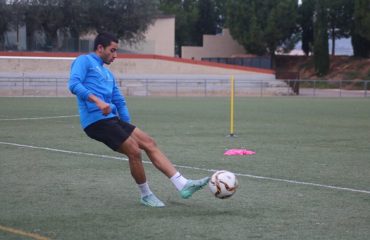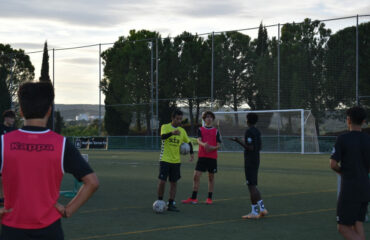The city of Valencia is famous for lots of reasons. Yes the pride of the town, that is located in the eastern coast of Spain, is Valencia CF one of the most famous and recognizable football brands in the world but the city has a rich history and is famous for several reasons.
In Valencia you can see the famous science museum, the aquarium, the opera house and the IMAX cinema which are created by the well -known designer Santiago Calatrava. After that you can visit the beach where you can also taste the notorious paella valenciana. But in the period of Fallas, Valencia is the most visited destination of Spain.
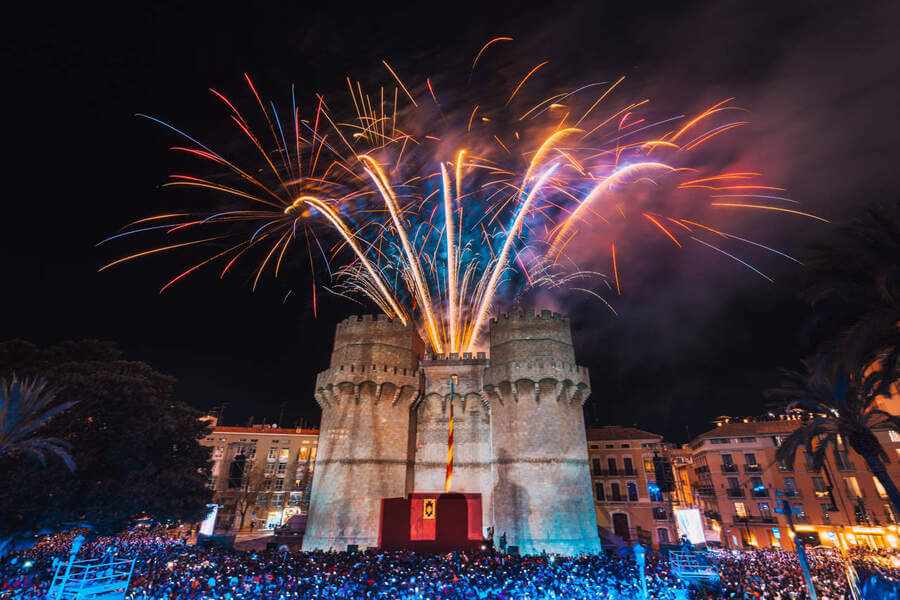
Las Fallas Festival
The festival of Las Fallas is amongst the biggest celebrations in the country. It takes place in March, lasts for 3 weeks and finishes in 19th, which is the feast day of Saint Joseph, the patron saint of carpenters. During the festival each neighborhood in the city constructs a large scale paper sculpture that is called a falla. These often portray or satirize political figures or cultural icons. The sculptures can be as tall as 20 meters and can take several months to construct.
Throughout the celebrations there are parades, lots of fireworks, live music, and bullfights. The Valencian streets are filled with locals and tourists who come to see in person the fallas and experience the atmosphere with parties that take place in the avenues. On the final night, which is known as La Nit de la Crema, the fallas are burned in huge bonfires. The burning of them symbolizes a bidding farewell to the old and welcoming the new.
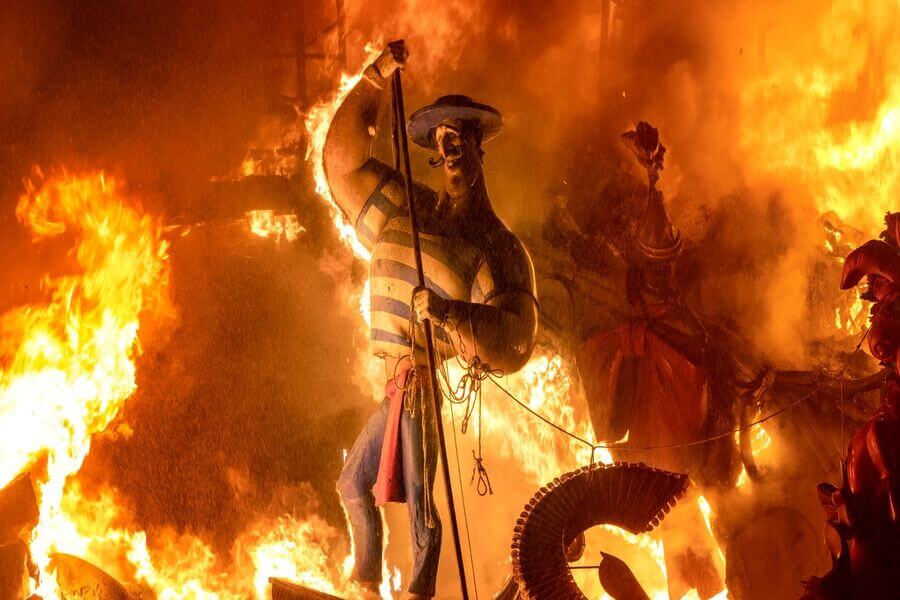
Intangible Cultural Heritage of Humanity by Unesco
Since 2016, UNESCO has recognised the Fallas of Valencia as Intangible Cultural Heritage of Humanity. Traditions are those intangible elements that form part of our culture and must also be protected in the face of globalisation. This is what the UNESCO programme aims to do with historical cases such as the Valencian festivities.
The Fallas meet the five main criteria established by UNESCO for their declaration as Intangible Cultural Heritage of Humanity: compatibility with human rights; openness to any social group; representation of fire festivals that draw attention to other national and international fire festivals; outstanding creativity in arts and crafts; there is an active intergenerational transmission; and they form part of the Valencian heritage.
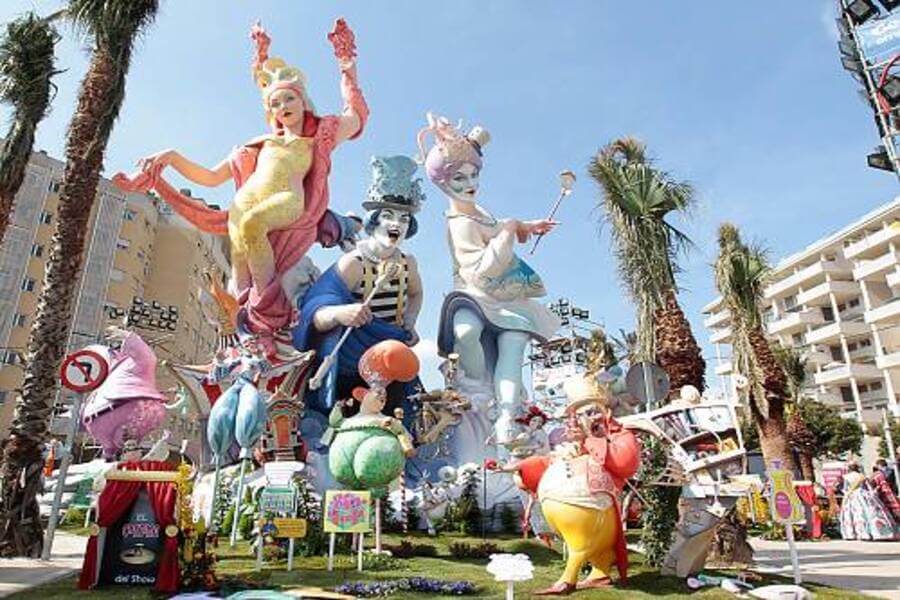
Origin of the Fallas
There are many versions of the origin of the Fallas. One of the best known is undoubtedly an ancient custom of the carpenters who, on the eve of the feast of their patron saint, Saint Joseph, celebrated on 19 March, burned old junk at the doors of their workshops to celebrate the end of winter.
Another theory is that this practice dates back to time immemorial. From the ancient tradition of setting off fireworks to celebrate the equinoxes and solstices, i.e. the changing of the seasons. From this perspective, the festivities come from a tradition always linked to fire.
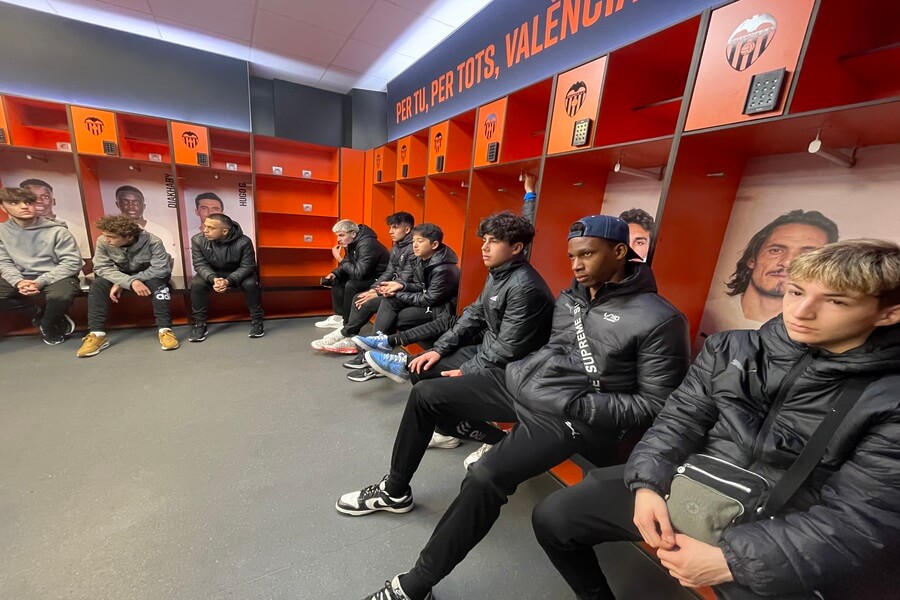
SIA Academy players get to know Las Fallas
SIA Academy is dedicated to training its players, not only in terms of football but also academically. The athletes are focused on their work schedules, training, matches, gym sessions and studies, so it is necessary to rest during the week. For this reason, they do a lot of outdoor activities.
One of these activities was a visit to Valencia during the city’s Fallas celebrations. There they watched the impressive fireworks, ate traditional Fallas food such as churros or hot chocolate and at the same time walked around the city seeing the monuments. The players often take part in these types of activities to distract themselves from the busy weekly schedule.
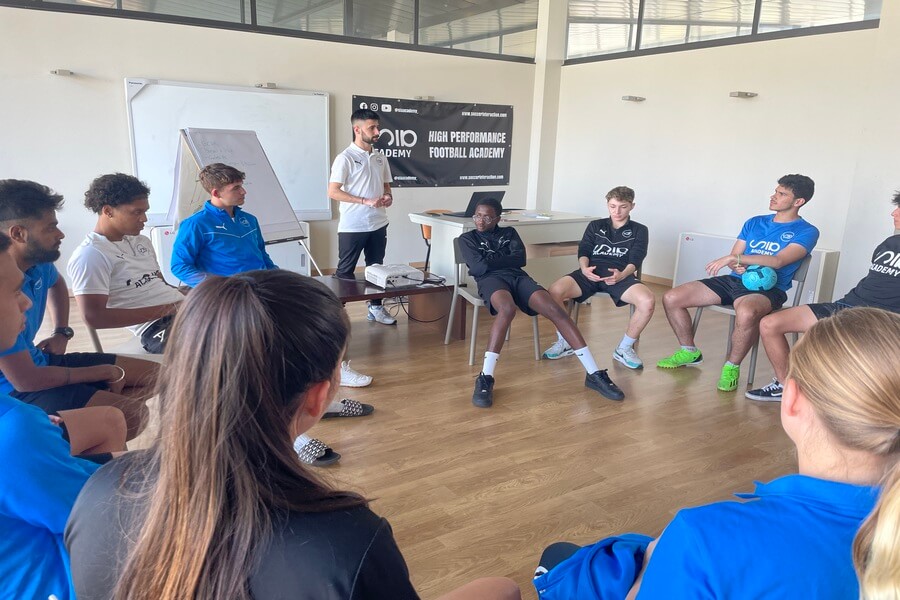
Other activities carried out by SIA Academy
Previously, the Soccer Inter-Action players visited the Mestalla stadium and the Valencia CF academy in Paterna. They also took part in an Escape Room to strengthen their minds and socialise with their teammates in a different context. During the summer they go on cycling trips in the mountains or swim in the lake near the academy.
Training is an important part of an athlete’s daily life, but rest is equally vital for growth. The SIA Academy monitors all aspects of a player’s performance and provides the tools to ensure that this is the case.
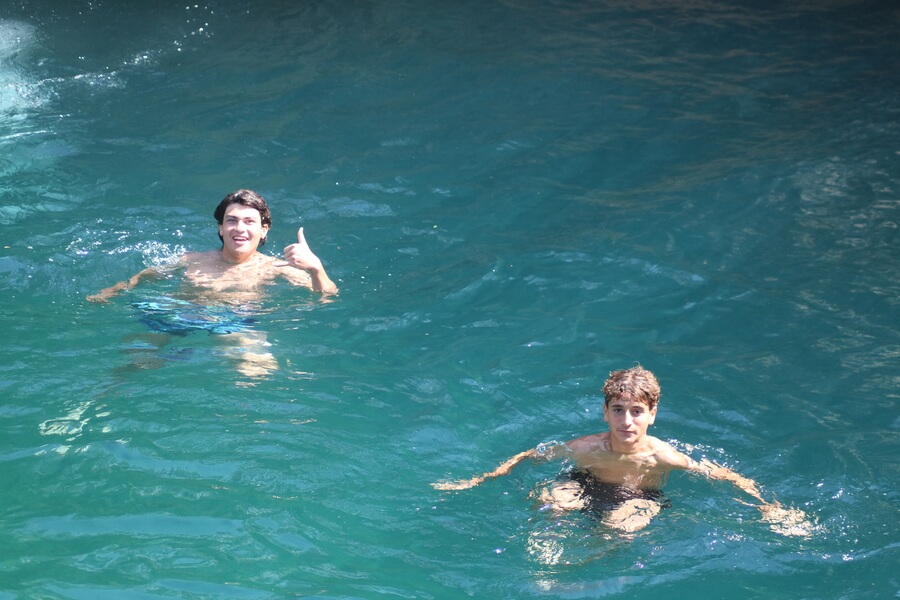
Training workshops in nutrition and psychology
In addition to the activities outside the facilities, training and workshops are also held for the players on a day-to-day basis, where they learn how to take care of themselves. A good diet and the right mentality are necessary to be able to perform on the pitch.
The staff of professionals at the SIA Academy allows us to monitor each player in this regard and provide them with the resources they need to optimise their performance. Thus, all aspects are controlled, both training and personal care.




